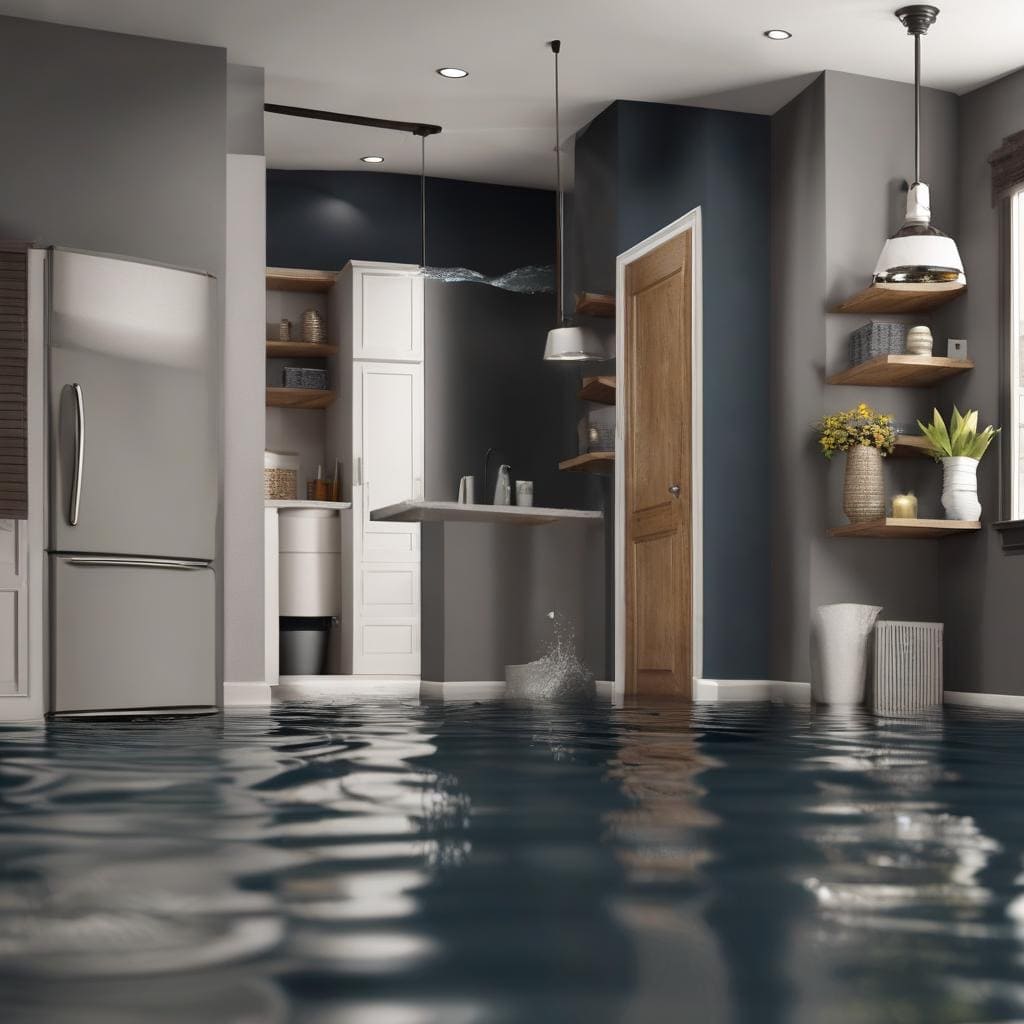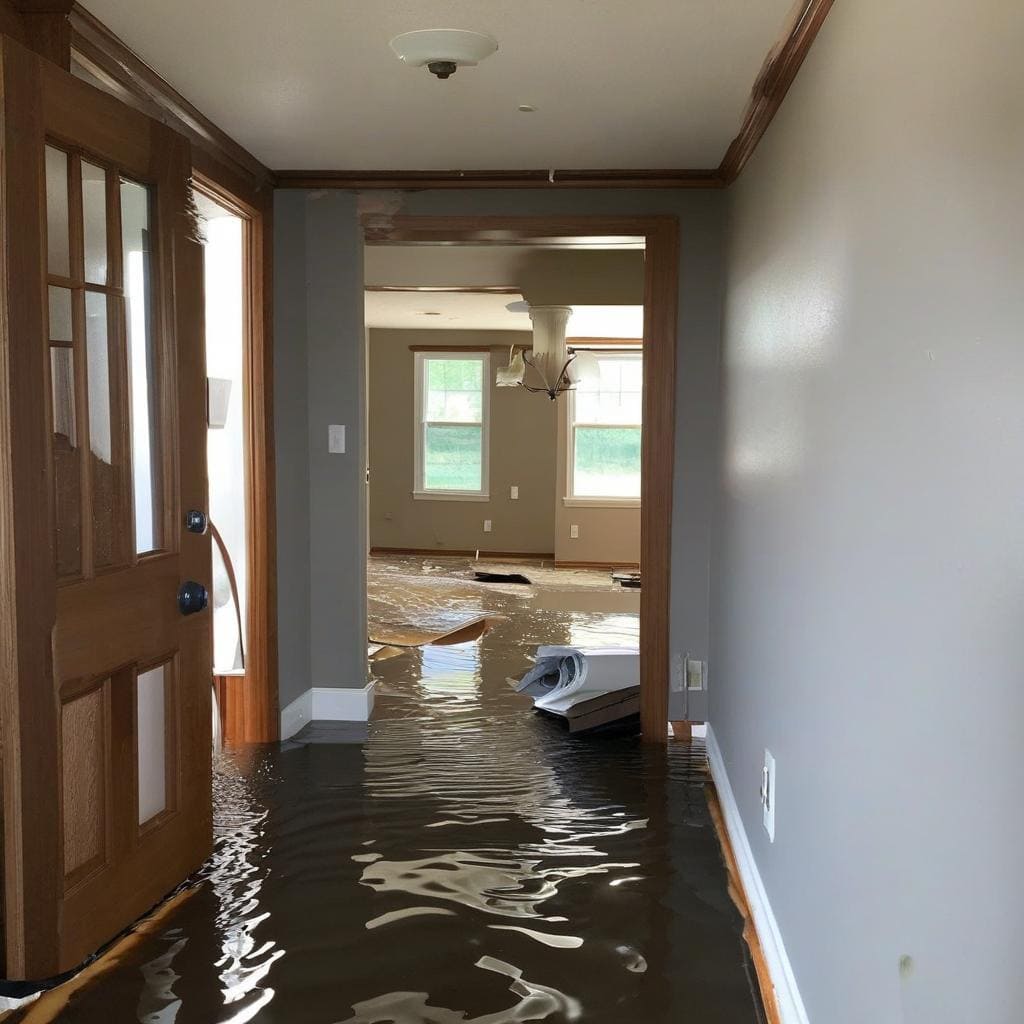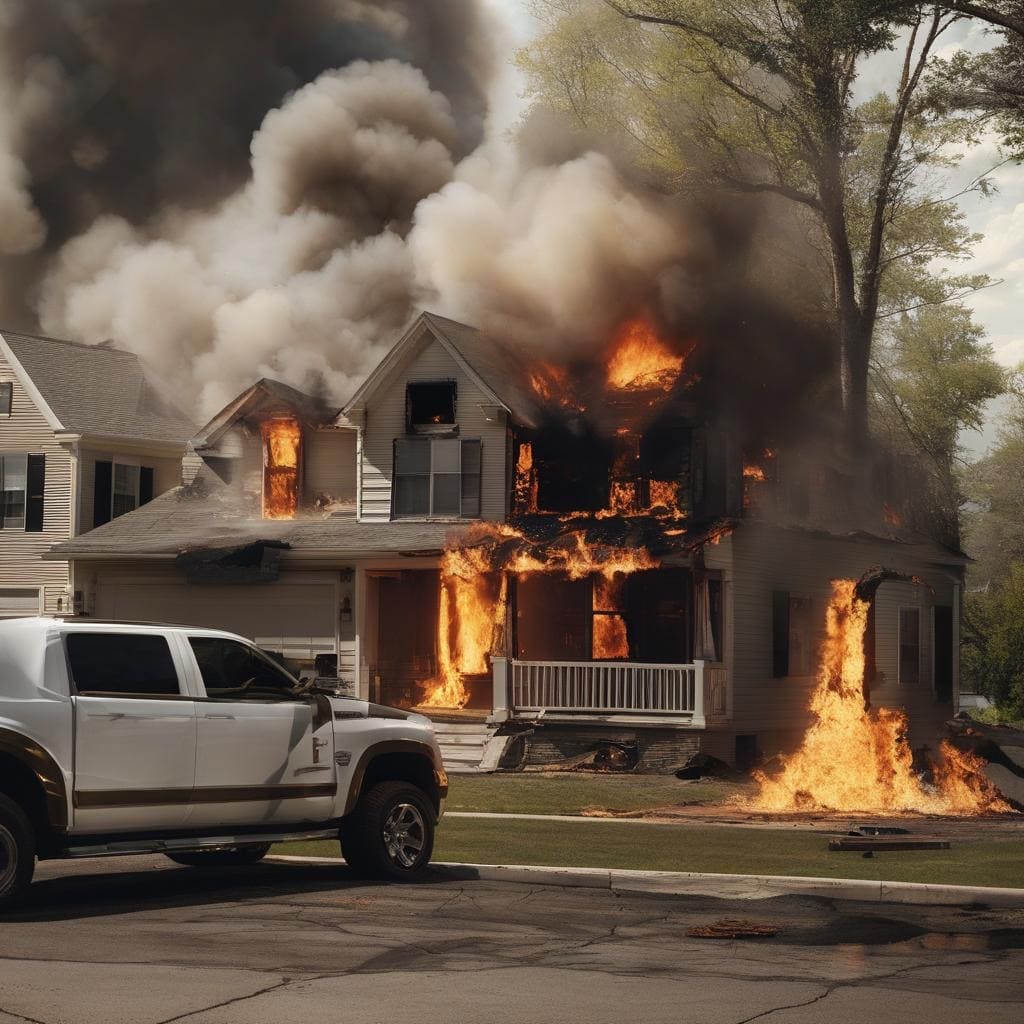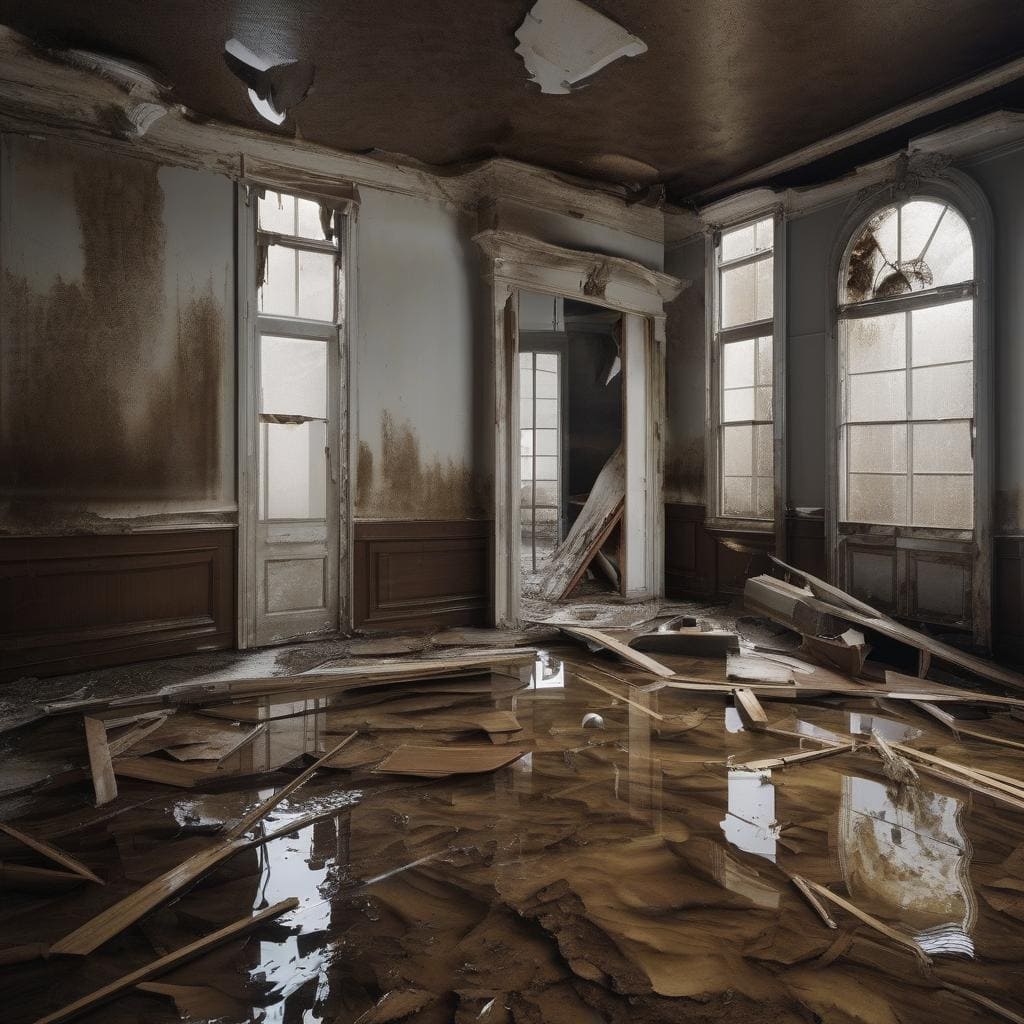With over 20 years experience, the company have successfully restored countless properties, using the latest equipment, best trained employees, fast respond and careful care for details.
In the realm of property ownership, few things are as distressing as encountering water damage, fire damage, or mold infestation. These events can wreak havoc on homes and businesses, causing structural deterioration, health hazards, and financial burdens. However, with prompt and professional intervention, the effects of these disasters can be mitigated through comprehensive restoration processes.
In the bustling city of Los Angeles, the likelihood of encountering water damage, fire damage, or mold in a property or business is significant. With its diverse climate and aging infrastructure, properties in Los Angeles are susceptible to water damage from plumbing leaks, floods, and storms. Additionally, the risk of fire damage is heightened due to factors such as wildfires, electrical faults, and human error. Mold infestation can also occur, especially in humid environments or properties with inadequate ventilation. Vigilance and preventive measures are essential for property owners to mitigate these risks effectively.
Water Damage Restoration:



Water damage can occur suddenly due to floods, storms, burst pipes, or slow leaks. Regardless of the cause, swift action is paramount to prevent further damage and mold growth. The water damage restoration process typically begins with a thorough assessment by trained professionals. This assessment identifies the extent of the damage, including affected areas and potential safety hazards.
Once the assessment is complete, the restoration team moves swiftly to extract standing water using specialized pumps and vacuums. This step is crucial in halting the progression of damage and reducing the risk of mold and mildew growth. Following water extraction, industrial-grade dehumidifiers and drying equipment are deployed to remove excess moisture from the air and affected surfaces.
Cleaning and sanitization are integral components of water damage restoration. All affected areas are meticulously cleaned and disinfected to eliminate contaminants and bacteria. This not only restores the property to a safe and habitable condition but also mitigates health risks associated with water damage.
Finally, the restoration process concludes with repairs and restoration efforts. Damaged materials such as drywall, flooring, and insulation are repaired or replaced to restore the property to its pre-damaged state. This may involve structural repairs, painting, and refinishing to ensure a seamless restoration outcome.
Fire Damage Restoration:

A fire can ravage a property within minutes, leaving behind a trail of devastation and destruction. Fire damage restoration is a multifaceted process that involves addressing not only the visible damage caused by flames but also the hidden effects of smoke and soot.
Upon arrival at the fire-damaged property, restoration professionals conduct a comprehensive assessment to evaluate the extent of the damage. This includes assessing structural integrity, smoke residue, and water damage from firefighting efforts.
To prevent further damage, the restoration team boards up windows and doors and applies tarps to damaged roofs. This step helps secure the property and protect it from the elements.
Smoke and soot removal are critical components of fire damage restoration. Specialized equipment and techniques are employed to clean surfaces, remove smoke odors, and restore indoor air quality. This may include dry cleaning, wet cleaning, and thermal fogging to effectively eliminate smoke residue and odors.
Once the property is cleaned and sanitized, the restoration process transitions to repairs and reconstruction. Damaged materials are replaced, and structural repairs are conducted to restore the property to its pre-fire condition. This may involve rebuilding walls, replacing flooring, and refinishing surfaces to achieve a seamless restoration outcome.
Mold Remediation:



Mold is a common yet insidious problem that can develop in properties following water damage or excessive moisture accumulation. Mold remediation is essential for eliminating mold growth and restoring a safe and healthy indoor environment.
The mold remediation process begins with a comprehensive inspection to assess the extent of mold contamination and identify underlying moisture issues. Containment measures are implemented to prevent the spread of mold spores to unaffected areas during remediation.
Once containment is established, the restoration team removes mold-infested materials and disinfects affected surfaces using specialized equipment and antimicrobial agents. This not only eliminates existing mold growth but also inhibits future mold colonization.
Drying and dehumidification are critical steps in mold remediation to address underlying moisture issues and prevent mold regrowth. By eliminating excess moisture from the air and affected surfaces, the risk of mold recurrence is significantly reduced.
Finally, the restoration process concludes with repairs and restoration efforts to restore the property to its pre-contamination condition. This may involve replacing damaged materials, repairing structural components, and implementing preventive measures to minimize the risk of future mold growth.
In conclusion, water damage restoration, fire damage restoration, and mold remediation are essential processes for mitigating the effects of disasters and restoring properties to safe and habitable conditions. By employing a comprehensive approach that addresses the unique challenges posed by each type of damage, restoration professionals can help property owners navigate through these challenging situations with confidence and peace of mind.